Have you watched Netflix recently? If you answered yes, you likely found yourself watching multiple shows or episodes during your most recent browsing session, and that’s not by accident. Back in 2015, Netflix reported that if viewers struggle to find something compelling to watch within 60 to 90 seconds, the risk of viewers abandoning the platform “increases substantially.” To remedy the problem, they developed “the Netflix recommendation system,” a revolutionary digital marketing tactic that harnesses the power of personalization. The Netflix approach is all about delivering the content viewers want before they even know they want it. For example, after an episode ends, Netflix leads its viewers right into the next one. After wrapping up a series, the service suggests highly personalized content in less than 5 seconds to keep viewers engaged. And according to the data, it’s working.
Applying the Netflix Approach to Your Higher Ed Marketing Strategy
The Netflix approach is all about delivering the content people want before they even know they want it. Why isn’t your school using this strategy?
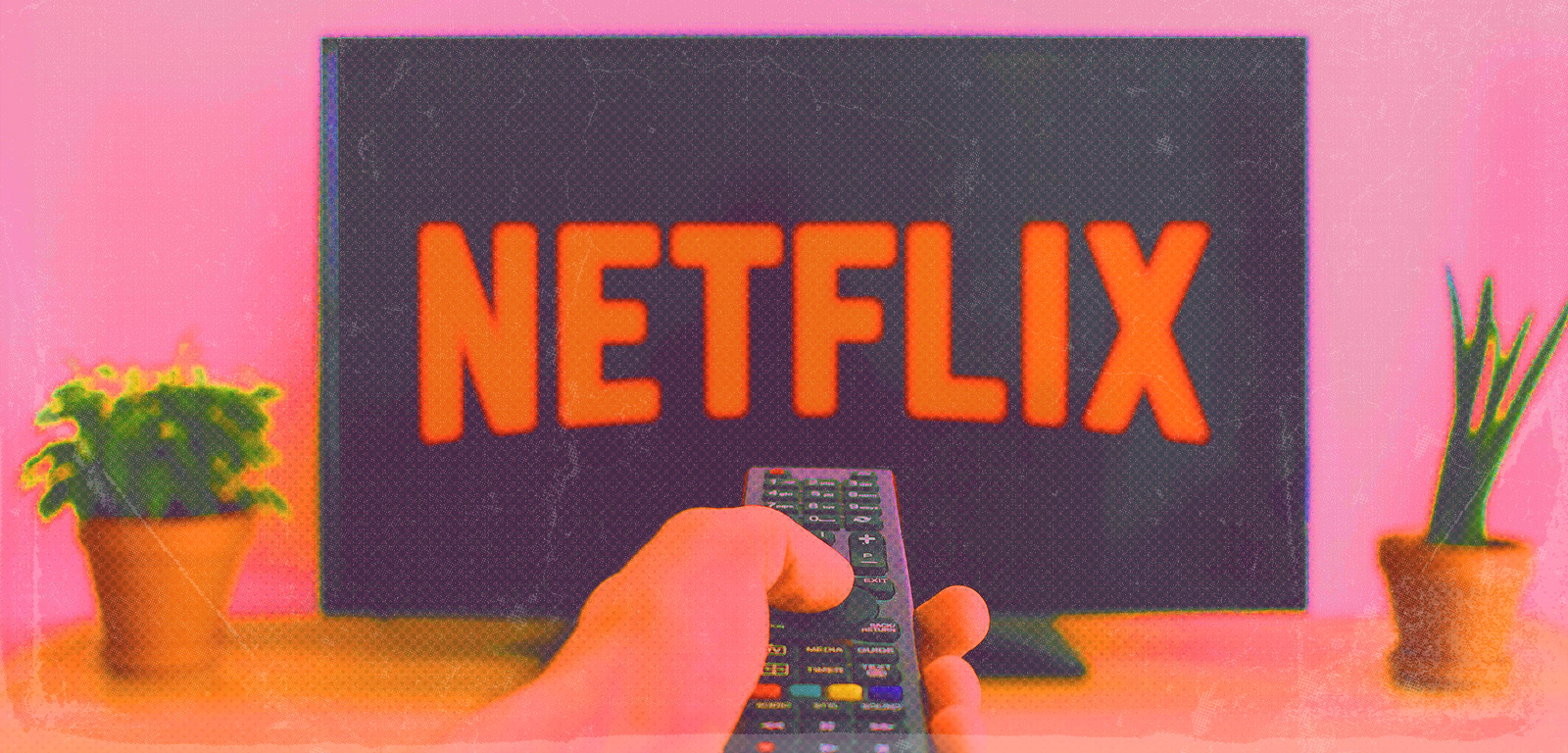
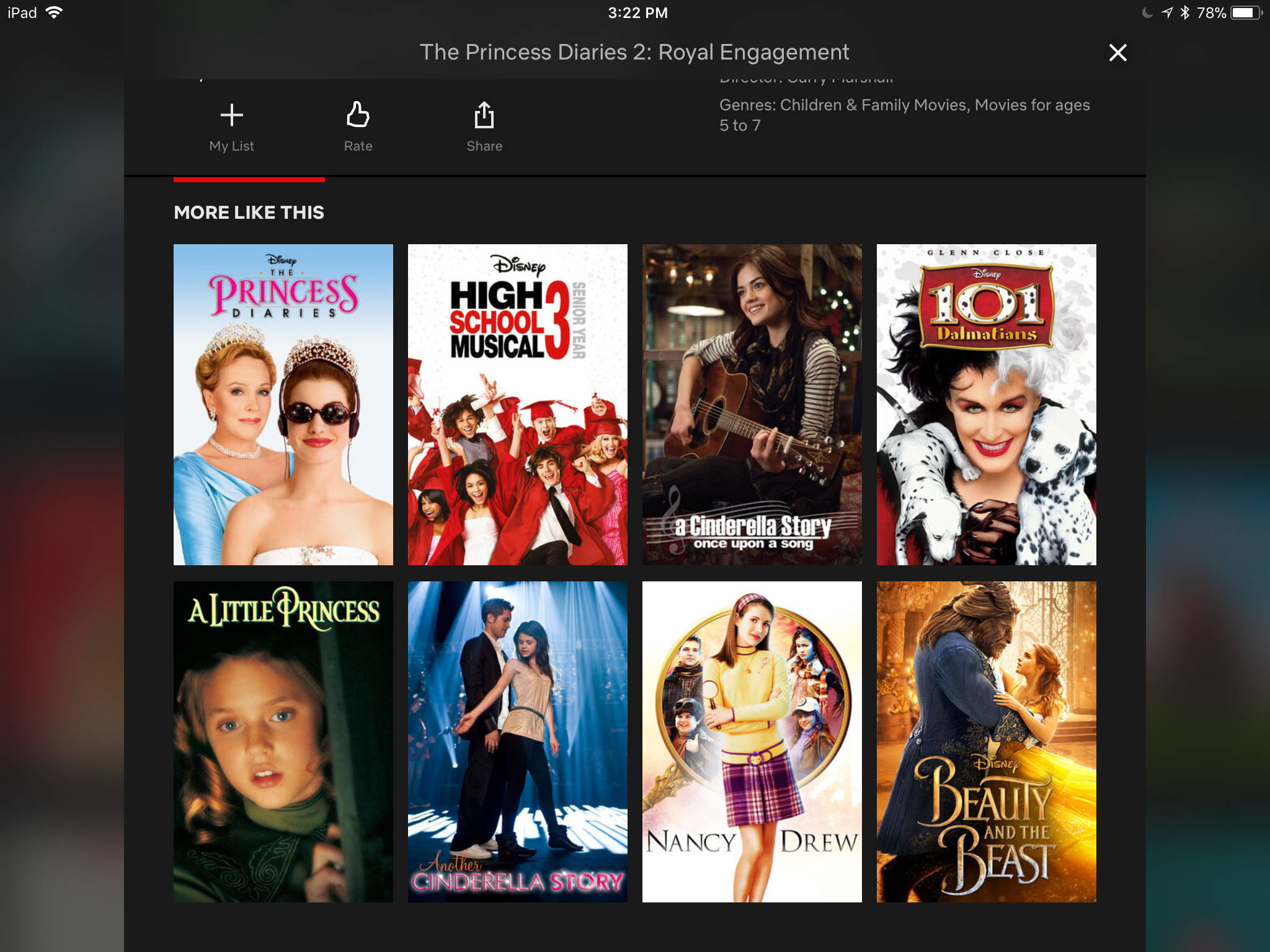
In 2015, Netflix reported that 80% of viewed content is based on recommendations. Netflix subscribers also increased worldwide from 48.36 million in Q1 of 2014 to 125 million in Q1 of 2018. That’s a 76.64% increase in just 4 years. Netflix’s tried and true methodology models the importance of connecting people with content that’s meaningful to them. While Netflix uses a collection of algorithms to determine which videos and graphics to display for each viewer, you don’t need the Netflix resources to adopt this powerful approach.
Why This Works For Higher Education
As higher ed marketers, we can learn a lot from Netflix. Each student comes to your site with unique interests, desires, concerns, and needs, and the biggest pain point is that when it comes to browsing .edu websites, there’s just not enough content. Taking a data-driven approach to understanding the prospective students and parents that interact with your site and delivering the right content at the right time will set you miles apart from other higher ed institutions. Why isn’t your higher ed marketing team using this concept? Imagine hiking in a Colombian rainforest with zero directions or cell reception. There are so many different paths, you don’t know which one to choose, and you could have sworn you passed that same tree a couple times already. It’s getting dark. You’re literally about to cry. (And when it rains, it pours. Am I right?) If only someone could point you in the right direction. Navigating your way through the unknown can seem impossible. Students often experience this exact same feeling during the college selection process. They have to make the massive decision of where they’ll spend the next two to four years of their life. That’s pretty daunting, and whether they admit it or not, every student wants a guide on this journey. This is where savvy higher ed marketers come in. As higher ed marketers, we get the opportunity to build the roadmap. Just like the Netflix approach, when you present students with personalized content based on their current situation, you’re essentially paving every step of the way. And, better yet, students don’t even need to make a decision because the next best step is right there in front of them.

While Netflix’s viewers might not realize it in the moment, the Netflix marketing tactic is so successful because it rides on viewers’ natural anticipation, curiosity, and resulting delight—ultimately turning viewers into loyal subscribers. For higher ed marketers, this concept helps prospective students become excited freshman.
The Netflix approach is all about delivering the content viewers want before they even know they want it.
So, how can we provide what our prospective students and parents are looking for (and quickly) to help them navigate the way? To clarify your student roadmap and increase engagement, read up on these three major areas where you can implement the Netflix approach.
Example #1: CTAs
Don’t leave your website users struggling to decide what to do after finishing a task on your website. Use calls-to-action (CTAs) to direct students to custom landing pages and related content, guiding them on their way towards meaningful actions. To do this, create actionable CTAs that connect to content that students will naturally want next. Alignment here is key. To really reflect where students are in their applicant’s journey, opt for smart CTAs. Smart CTAs perform 202% better than static CTAs. Smart CTAs adapt to each visitor based on anything from location to their history on your site and more. This way, you can ensure you’re offering the highest value to anyone who visits your site. For example, if a student is already a lead, you might present a CTA for them to “Schedule A Visit” or “Contact A Counselor”. Meanwhile, for a student who’s just visiting for the first time, you might offer a CTA that takes them to a blog post about the college admissions process or a student success story.
Example #2: Thank You Pages
Higher education has the lowest landing page conversion rate among industries. If you’re lucky enough to secure a conversion, don’t leave your prospective students stranded with an inline thank you message. Instead, opt for a robust Thank You page. Thank You pages are proven to be highly effective at keeping leads engaged. A Thank You page gives you the opportunity to deliver on your offer and thank the lead for signing up. While Thank You pages may be the final stage of the conversion process, they also allow you to offer further guidance by recommending what’s next. This moves your lead further down the funnel toward even more meaningful actions―think applications. For example, provide a relevant infographic, related blog content, or take the Netflix approach literally by introducing an engaging campus video. Invite them to connect with your institution on social media, or present them with a second opt-in to sign up for a webinar, a Facebook Live, or even a campus tour. You’ll just want to ensure that all recommendations are personalized and closely connected to the previous offer.
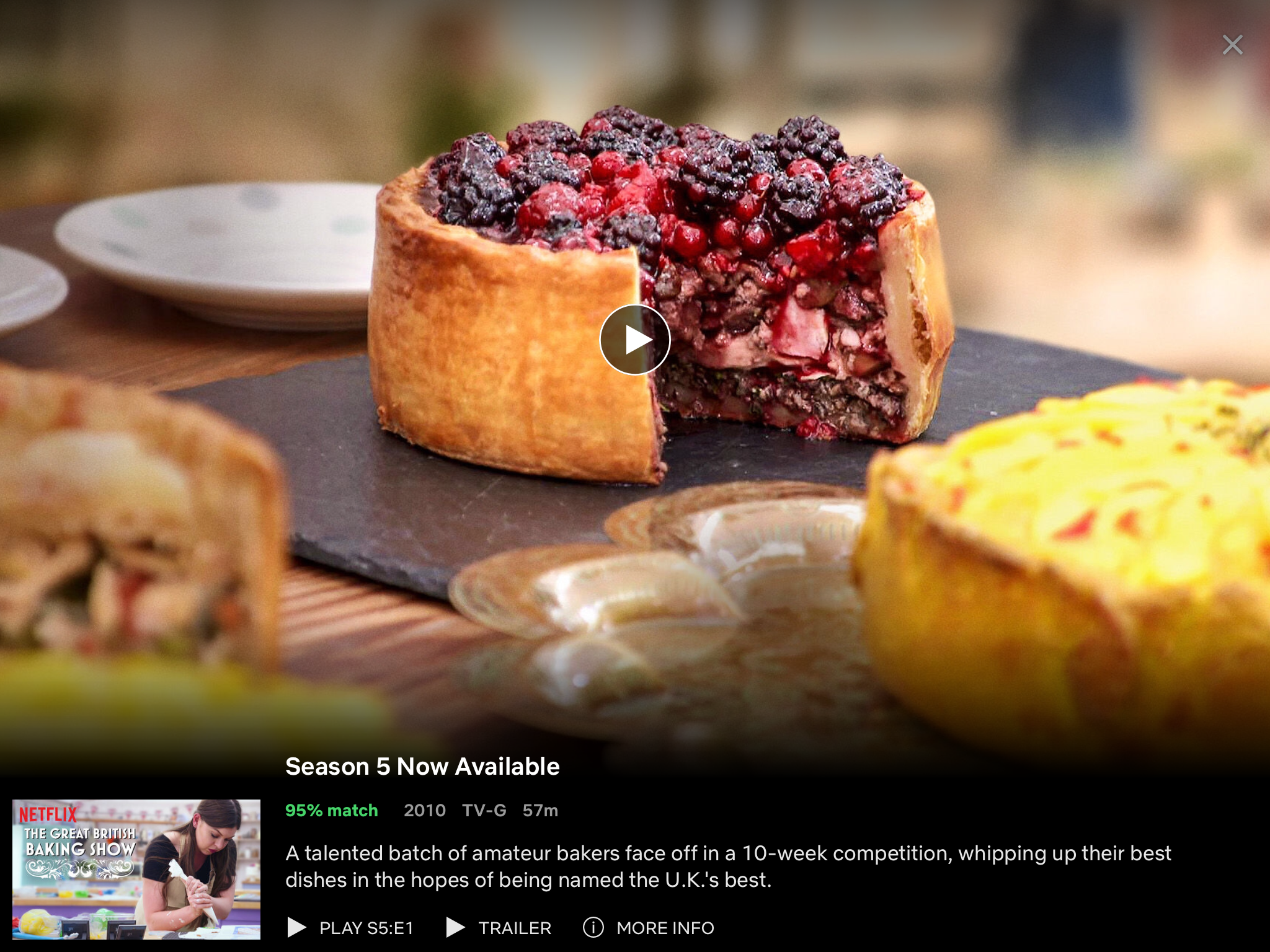
Example #3: Thank You Emails
Students demand immediate responses to inquiries. According to the 2017 Social Admissions Report, 61% of students expect a response within a day of contacting a college representative. Don’t let their inquiry hang in the balance. Create automated Thank You emails to help educate prospective students and to let them know when you’ll be reaching out to them personally. This helps manage expectations should your typical follow-up process take longer than they anticipated. Recipients are more likely to open Thank You emails than other marketing promos because they serve as confirmation emails. And as humans, we love closure. Take the time to provide prospective students with even more value. This is definitely an opportunity you don’t want to pass up. What’s next? To improve your student roadmap and increase student and donor engagement, check out this post by my colleague Stephen App on how to write stellar CTAs.
Newsletter Sign up!
Stay current in digital strategy, brand amplification, design thinking and more.
Also in Marketing & Branding
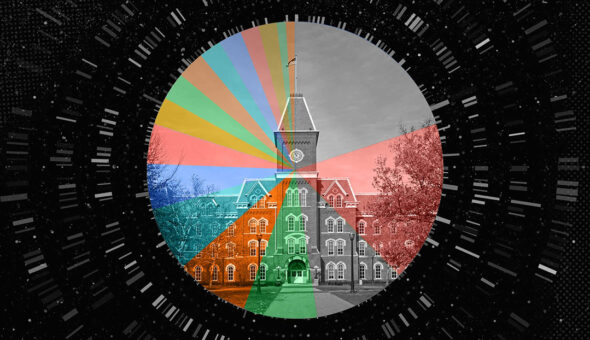
Considering the Long-Term Impact of Rankings Changes
Pushback on the rankings metrics led to changes, but will these help students who prioritize ROI and the value of education?
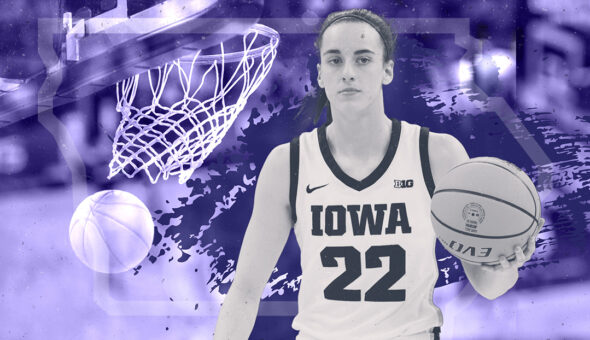
How Much Is Caitlin Clark Worth to the University of Iowa?
The impact of the iconic women’s basketball player goes far beyond the court, and it will reach its crescendo over the next few weeks.

10 Higher Ed Rebrands Redefining College Identities
From Wisconsin’s shift to “Universities of Wisconsin” emphasizing inclusivity to Cleveland State’s “CSU 2.0” fostering emotional connections, higher ed institutions are strategically developing distinct identities.




